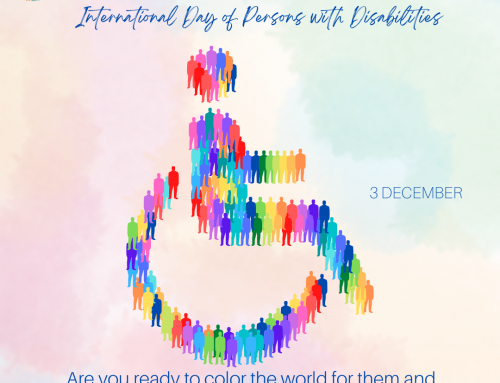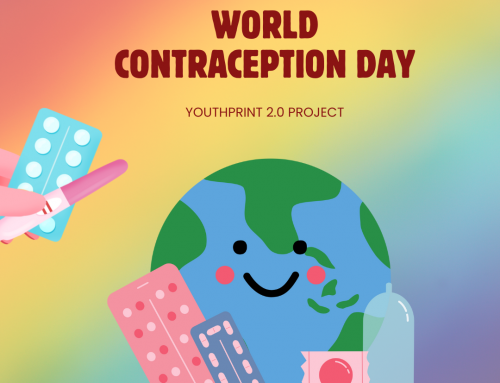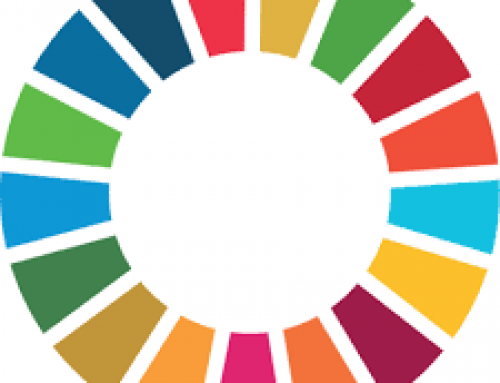Safe abortion provision is a public health issue that has been a controversial subject in many countries. In most of these countries, religious, cultural or social beliefs hindered access to safe abortions. According to the Guttmacher Institute and World Health Organization (WHO), 56 million induced abortions took place annually in the world in 2010-2014. Of these, 25 million were unsafe abortions, 98% of which were in developing countries. Moreover, it indicated that 3 million women have suffered life-threatening complications after unsafe abortions but couldn’t seek health care due to the restrictive laws and stigma associated with abortion in their communities. Complications vary from incomplete abortion and hemorrhage to uterine perforation or damage to the genital tract.
The WHO and other health-related stakeholders have no power to enforce their policies and guidelines on their member states to make safe abortion legal and accessible. Legislation can and should be used to protect society from harm and bring about positive culture change. Conversely, in some societies, the law can be used as a vehicle to progress the personal beliefs of a political or religious elite, rather than the needs of their society. Restrictive laws are becoming violators of society rather than protectors. They sustain the harmful gender norms that confine women’s rights and opportunities that could impact harmful consequences to their health and wellbeing.
Countries where abortion has been legalized show massive decline in their abortion related death rate. For example, Romania saw a decrease from 149 to 50 deaths per 100,000 live births in one year of the Act. Guyana’s legalization for safe abortion reduced hospital admissions due to abortion complications to 41% within six months of enacting the law.
The Center for Reproductive Rights highlighted that economic benefits have been seen in many countries where abortion was legalized as providing safe abortions outweighs the cost of treating complications from unsafe abortions. It also significantly showed demands for abortion have not increased in countries such as Tunisia and Turkey where abortion was recently legalized, rejecting the myth that more women would seek abortion if it were legalized.
The Case of Yemen’s Abortion Law:
Justification for the abortion law in Yemen is based on the principles of Islamic Law. Religious beliefs are forming the health policies of the nation and ignoring the moral importance of responding to the need for a safe service. In Yemen, abortion is legal only to prevent a direct threat to a woman’s life. However, post abortion care in these cases is available in only two health facilities: Sana’a and Aden, which are not accessible nor affordable to everyone.
Grounds on which abortion is permitted in Yemen:
|
Reason for abortion in Yemen |
Permitted in law |
|
To save the life of the woman |
Yes |
|
To preserve physical health |
No |
|
To preserve mental health |
No |
|
Rape or incest |
No |
|
Fetal impairment |
No |
|
Economic or social reasons |
No |
| Available on request |
No |
It is illegal in Yemen to seek abortion in cases of rape. This shows how brutal laws can be to societies, especially to women. Yet more devastating, the law allows victims to “marry the rapist” to drop potential legal prosecutions from the rapist and preserve the dignity of the women’s families. There are no official records of such cases as most are resolved traditionally.
What are the laws protecting?
Furthermore, the law in Yemen does not consider, for example, fetal impairment that might burden a mother’s life or reduce a child’s chances of survival. It does not consider consequences on women’s physical health which could affect her survival and her ability to raise the child. Likewise, mental health consequences that might jeopardize women’s stability are not permitted as authorization for abortion.
Ironically in Yemen, birth control materials are legal and even encouraged. They do not fall under the Islamic law that influenced the prohibition of abortion. However, barriers to obtaining birth control materials are hampering their accessibility to everyone: factors such as location or service delivery and stigmatization through sociocultural norms can create issues.
Based on interviews with medical professionals published in the Middle East Eye, the numbers of women seeking abortion has increased since the start of the Yemen war in 2015; however, no official data has been recorded as the abortions are unofficial. The resulting economic crisis is the main reason for the increase in abortions in Yemen as families can’t bear to have more children or afford hospital expenses resulting from pregnancy.
However, no matter the reason, safe and regulated abortion should be legal and available.
A United Nations report in 2015 highlighted that Yemen has the highest maternal mortality in the Middle East. Therefore, safe abortion should be a woman’s human right and available without unreasonable restriction and on request. Health-related policies should be the front line to support and enforce people’s safety and wellbeing. Laws for health should confront religious, cultural, and social ideologies and rather support healthy nations and health for all.

































Leave A Comment
You must be logged in to post a comment.